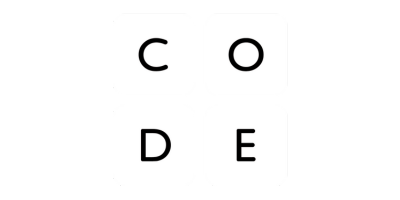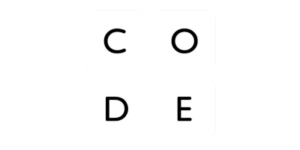| Level | Learning Outcome |
| Remember | DA.1 – Identify and define data types (e.g., string, numeric, Boolean) |
| DA.2 – Identify basic data formats (e.g., tables, schemas, JSON) | |
| Understand | DA.3 – Describe, at a high level, the role of data in AI/ML applications |
| DA.4 – Understand the difference between data and metadata | |
| DA.5 – Describe how different types of data (e.g., audio, visual, spatial, environmental) can be collected computationally | |
| Apply | DA.6 – Transform and prepare (e.g., normalize, merge, clean) data |
| DA.7 – Apply principles of inclusive collaboration to a project involving the analysis of dataIC | |
| Analyze | DA.8 – Trace how data moves through a program |
| DA.9 – Analyze data using computational thinking principles to make inferences or predictionsCT | |
| Evaluate | DA.10 – Evaluate approaches to cleaning data in a given context |
| DA.11 – Assess whether and how a given question can be answered using computational methods and data, and what specific data is needed | |
| DA.12 – Assess societal impacts of data analysis and related ethical issues (e.g., biased data used to train AI systems, attribution related to products of generative AI)IE | |
| DA.13 – Evaluate data visualizations for clarity, potential biases, etc. | |
| Create | DA.14 – Select, organize, interpret, and visualize large datasets from multiple sources to support a claim and/or communicate information |
| DA.15 – Devise plans for using data to solve a problem | |
| DA.16 – Create a data analysis artifact (e.g., a visualization) using principles of human-centered designHCD |
In the topic area tables, we use a system of superscripts to indicate which Pillars relate to which learning outcome:
| Impacts and Ethics | Inclusive Collaboration | Computational Thinking | Human-Centered Design | Dispositions |
|
|
|
|
|
This project is supported by the National Science Foundation (NSF) under Grant No. 2311746. Any opinions, findings, and conclusions or recommendations expressed in this material are those of the author(s) and do not necessarily reflect the views of the NSF.













